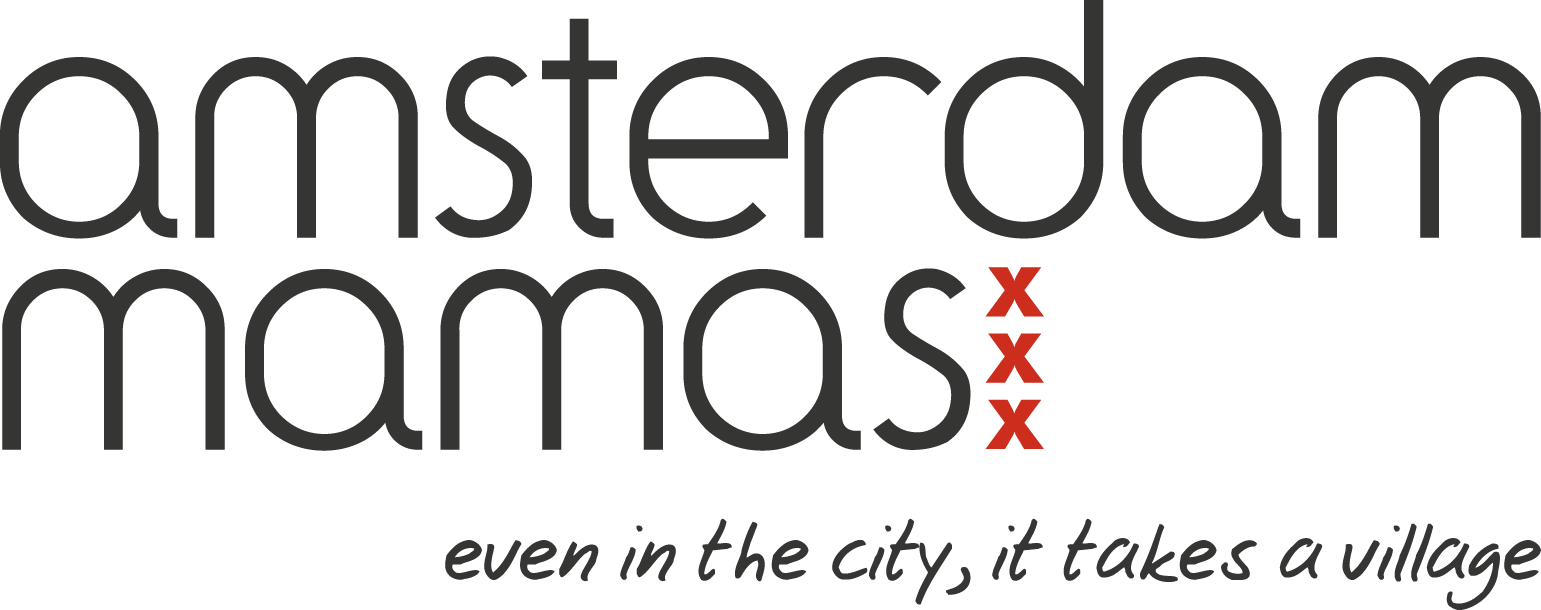Our resident expert on multilingualism discusses the best practices for introducing a second language to your child.
Q. We are Dutch, but want to teach our child English. Do you have any tips or strategy for us?
What approach you take to introducing a second language depends on many factors, including what your goals are and what resources are available. Ideally, if your goal is full bilingualism, then the best choice would be a school in the second language, in an “immersion” type setting. By having one language (Dutch) at home and in the community, and the other at school, there is a balance of input that will allow the child to grow in both languages to full bilingualism.
Outside of the normal choices for English-language schooling in Amsterdam, there are also now a few new “bilingual” primary schools. While these do not have as much English language input, and therefore, the journey to bilingualism will be slower, they have the benefit of being within the Dutch school system, and will also support the growth of Dutch.
If neither of these is an option, you can choose to introduce another language at home, although results will vary according to how much time you can devote to this. Some families choose to introduce another language at home using “domains of use”, where both parents and children use a second language together. This works best with prescribed situations such as “games hour on Sundays” so that children get used to the idea and build some skills first, and then the parents can move to regular use of the second language in the home. This is mainly advisable for majority language parents (Dutch) introducing a second language, as they can be sure that their children will get enough Dutch input from other sources. This is not always recommended in families where a minority language is already spoken at home, as any time devoted to the new language takes time away from the minority language.
An additional way to introduce another language is by planning for outside input. This often means choosing child care in the new language – hiring a babysitter/nanny who speaks the language you would like your children to learn. The benefit to this approach is that the parents continue to provide quality and quantity input in the home language, without needing to plan for time for another language. Also, some children find it easier to accept a new language from a new person, rather than a language change from parents, which some children find confusing or off-putting.
An important point to remember is that children will get out of it what is put in – if you can only manage a few hours a week in a new language, the children will not necessarily learn quickly and become “bilingual”. Parents need to consider carefully their goals in introducing a new language and make sure that their plan matches their goals.
If you have any questions regarding multilingualism that you would like to be answered on the website, please send an email to eowyn@crisfieldeducationalconsulting.com
photo credit: Caleb Roenigk via Flickr cc
Eowyn Crisfield
Eowyn Crisfield is a Canadian-educated expert in teaching English as a second/foreign language, teacher training and bilingualism, with a BA in TESL/TEFL and an MA in Applied Linguistics from Concordia University. Over the last 19 years, she has lived and worked in France, the US and The Netherlands. Since 2003, she has specialised in the area of parent and teacher education for bilingualism. You can find more information on bi/multilingualism at OnRaisingBilingualChildren.






